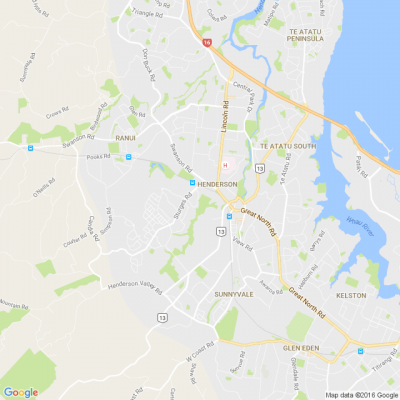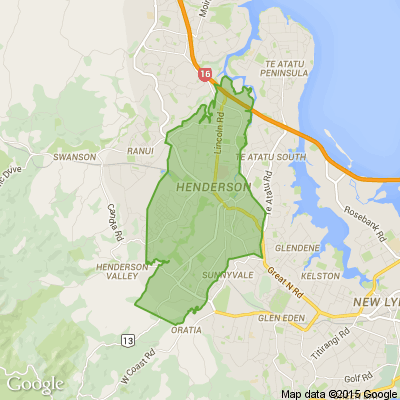AIR NZ CEO MESSAGE TO CUSTOMERS AND MEANING OF KORU
I appear to have been under the mistaken impression my whole life that the Koru on the tail of Air N.Z. aircraft was referring to the unfurling of a fern frond. After receiving an email, along with thousands of other Air N.Z. customers from the CEO I am now educated as I never knew of the image being associated with the Hammerhead Shark.
'Commonly referred to as the Koru, the symbol of Air New Zealand is the Mangōpare, the hammerhead shark, whose characteristics of a collective strength and resilience we liken to those shared by Air New Zealanders, customers and stakeholders.'
So after googling I found an article from the Otago Daily Times 27/12/2018 which explains more about the Koru. So for those of you whom are interested please read on.
The koru - arguably the best-known Maori symbol
By Mike Houlahan
Life & Style Summer Times
Since the late 1960s, Air New Zealand’s koru-liveried aircraft have been a familiar sight around the world. Photo: New Zealand Herald
They are part of everyday life in New Zealand, things of here or invented here which are part of the fabric of our being. Today Mike Houlahan looks at the story of the koru - a true New Zealand icon.
Thanks to the logo on the tail of Air New Zealand’s jets, the koru is one of the best-known symbols which represent the country abroad.
However the koru has a much deeper, richer place in New Zealand’s cultural heritage than that — which is possibly why it also features in the logos of the national museum and archives, dozens of councils and companies, on bank notes and government documents, the Hundertwasser and Tino Rangatiratanga flags, and was a prominent part of the marketing material when New Zealand hosted the 2011 Rugby World Cup.
Maori have used the design for almost as long as they have been in New Zealand: cave drawings dating back at least 500 years feature the koru.
It was immediately recognised as an important motif when Europeans first ventured to New Zealand — Captain Cook brought carvings laden with koru back to England, and artists who sailed with both Cook and D’Urville recorded ta moko which used the koru.
As with any symbol, its significance and meaning might be different things to the artist and the viewer.
It is generally agreed, however, that the distinctive koru spiral is inspired by an unfurling silver fern frond.
It has been variously explained as symbolising birth, regeneration, new life, growth and movement, and in tattooing is often used to represent a new branch of a whakapapa.
Its widespread use has raised concerns about its misappropriation, and the Intellectual Property Office of New Zealand notes the koru is a ‘‘culturally significant Maori design’’ which should be used in a way which respects tikanga.
While the importance of the koru to Maori never diminished, its more widespread recognition owed much to art.
In the late 1950s, abstract painter Gordon Walters commenced his Koru series of paintings, works now regarded as a landmark fusion of modernism with traditional Maori art.
Other artists followed in Walters’ footsteps in adopting the koru — arguably the country’s best-known painter, Colin McCahon, frequently used it in his work.
By the late 1960s, the koru was entering the commercial world, and Air New Zealand commissioned Tom Elliot to design a logo which would eventually to find its way on to tails of its aircraft.
The Air NZ logo uses the koru as part of a pattern called mangopare, which depicts the hammerhead shark.
‘‘Our koru encourages us to take pride in our heritage; to face each challenge with confidence and determination,’’ its website says.
‘‘It reminds us, too, of the people and land that make our home special and our responsibility to nurture and maintain these precious resources for our future generations.’’
Whether it actually does do any of those things is a moot point, but after 50 or so years as a logo — an eternity in advertising terms — it does show the enduring status of the koru.
mike.houlahan@odt.co.nz
Poll: Do you think banning gang patches is reasonable?
With the government cracking down on gangs, it is now illegal for gang members to display their insignia in public places whether through clothing or their property.
This means arrests can be made if these patches are worn in places like restaurants, shops, on public transport or ferries, and on airplanes. Arrests were made recently at a funeral.
Do you think this ban is reasonable?

-
76.3% Yes
-
22.3% No
-
1.4% Other - I'll share below
What's your favourite recipe for courgettes?
Kia ora neighbours. If you've got a family recipe for courgettes, we'd love to see it and maybe publish it in our magazine. Send your recipe to mailbox@nzgardener.co.nz, and if we use it in the mag, you will receive a free copy of our January 2025 issue.

Chrstmas light show
Hi everyone.
I have put my Xmas lights up and am currently doing the final testing.
This is an animated show set to music, so drive by viewing is not the best.
There are speakers out so you will be able to hear the music that goes with the lights.
As last year, I will have my shows running from 1st of December until 31st of Dec inclusive.
As I have neighbours, Please respect them and their properties.
Show times will be,
Sunday to Thursday 9pm to 10pm.
Friday and Saturday 9pm to 10:30pm.
Last but not least the address.
28 Harrington Rd
Henderson.







 Loading…
Loading…

















